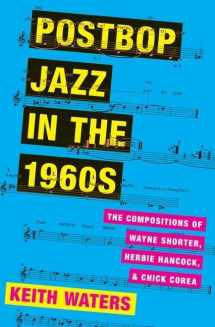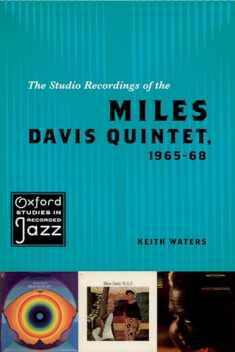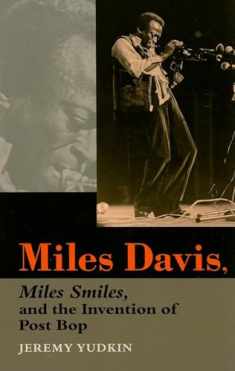
Postbop Jazz in the 1960s: The Compositions of Wayne Shorter, Herbie Hancock, and Chick Corea
Book details
Summary
Description
Innovations in postbop jazz compositions of the 1960s occurred in several dimensions, including harmony, form, and melody. Postbop jazz composers such as Wayne Shorter, Herbie Hancock, and Chick Corea broke with earlier tonal jazz traditions. Their compositions marked a departure from the techniques of jazz standards and original compositions that defined small-group repertory through the 1950s: single-key orientation, schematic 32-bar frameworks (in AABA or ABAC forms), and tonal harmonic progressions. The book develops analytical pathways through a number of compositions, including "El Gaucho," "Penelope," "Pinocchio," "Face of the Deep" (Shorter); "King Cobra," "Dolphin Dance," "Jessica" (Hancock); "Windows," "Inner Space," "Song of the Wind" (Corea); as well as "We Speak" (Little); "Punjab" (Henderson); "Beyond All Limits" (Shaw). These case studies offer ways to understand their harmonic syntax, melodic and formal designs, and general principles of harmonic substitution. By locating points of contact among these postbop techniques-and by describing their evolution from previous tonal jazz practices-the book illustrates the syntactic changes that emerged during the 1960s.


We would LOVE it if you could help us and other readers by reviewing the book
Book review





